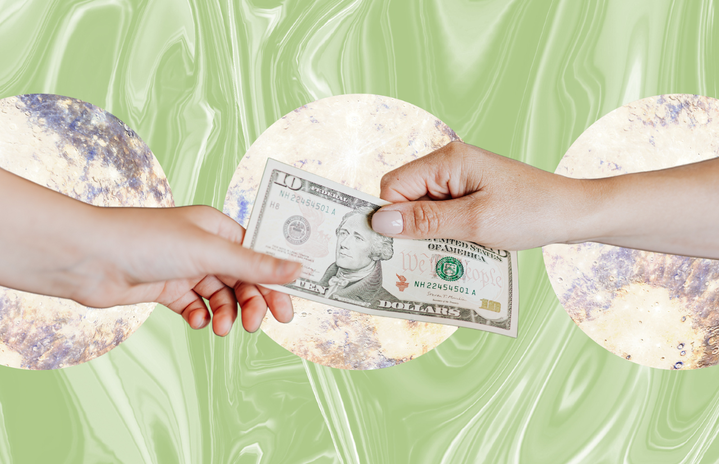By now, you have probably seen viral TikTok videos or news reels covering this year’s wildest collection craze: the Stanley cup. Today, we have moms lining up outside of their local Target at 4 in the morning, kids adding them to their Christmas wish lists, and Ebay resellers making thousands of dollars on rare color editions. Despite the moralistic principle behind a reusable water bottle, society falls steps behind when we fall into a pattern of over consumerism.
A reusable water bottle is something reliable to purchase. The average person carries one from school, to work, or to the gym, which eliminates the need to spend money on plastic bottles at a vending machine or having to use dirty public fountains. Reusable water bottles have become so popular over the last decade, significantly after the 2020 pandemic, and water bottle collections became more common. But when does a collectable item become too much? Recently, a TikTok creator under the name of Carolina Kyung has gone viral, receiving 4 million views on a video showcasing her over 100 tumbler cups that when displayed could cover a wall in her home. To put the cost into perspective, a single Stanely retails for $20-$50, depending on ounce size, so the average cost of a 100 cup collection comes around to $3.5k. Up to thousands of dollars are being spent by single consumers for bottles that all have the same design and serve the same purpose. The reason behind this stems from the fact that people take trends so seriously these days, especially when people take the day off of work to camp outside of Target or Starbucks and fight for a cup that they most likely already own.
Indeed, people have the liberty to spend their money on the things they enjoy and collection culture has been around for a long time. However, the additional problem with the Stanley cup phenomenon is that it has shifted past simply a popular bottle into a class status symbol. Similar to clothes and cars, even something as simple to the way we are drinking water has become extremely materialistic and overpriced. People love to be associated with a brand for validation; it used to be for luxury items, but now materialism has trickled down to the middle class. It becomes really frustrating when you see people who aren’t nearly close to paying their student loans become obsessed with buying multiple $50 water bottles to stockpile in their kitchen cabinets.
Not to mention, the most ironic issue with Stanley cups is the false environmentalism that they constitute. The whole point of the creation of reusable water bottles is to cut down and eliminate waste. It’s so hypocritical when a company like Stanely that was made with the intention of sustainability becomes the opposite. A reusable water bottle is meant to be bought once and used over and over again in order to reduce disposability, but Stanley marketing makes this difficult when they profit off of people who want to buy multiple of their single products— hence the exclusive color drops and collabs. In the same way, this craze demonstrates the consumer’s own hypocrisy when we buy Stanleys to “use less plastic” but then make a big waste out of them, too. Sadly, by next year, when a trendier product takes over the markets, these big Stanley cups will end up as mounds of metal scraps left in landfills for the future to come.


